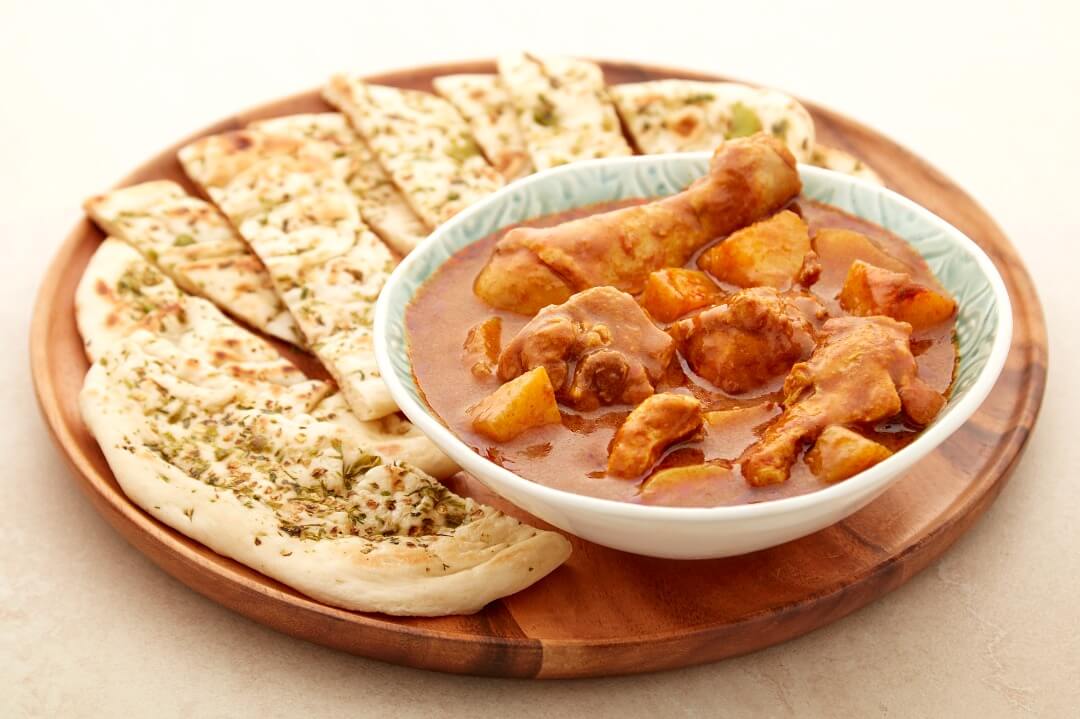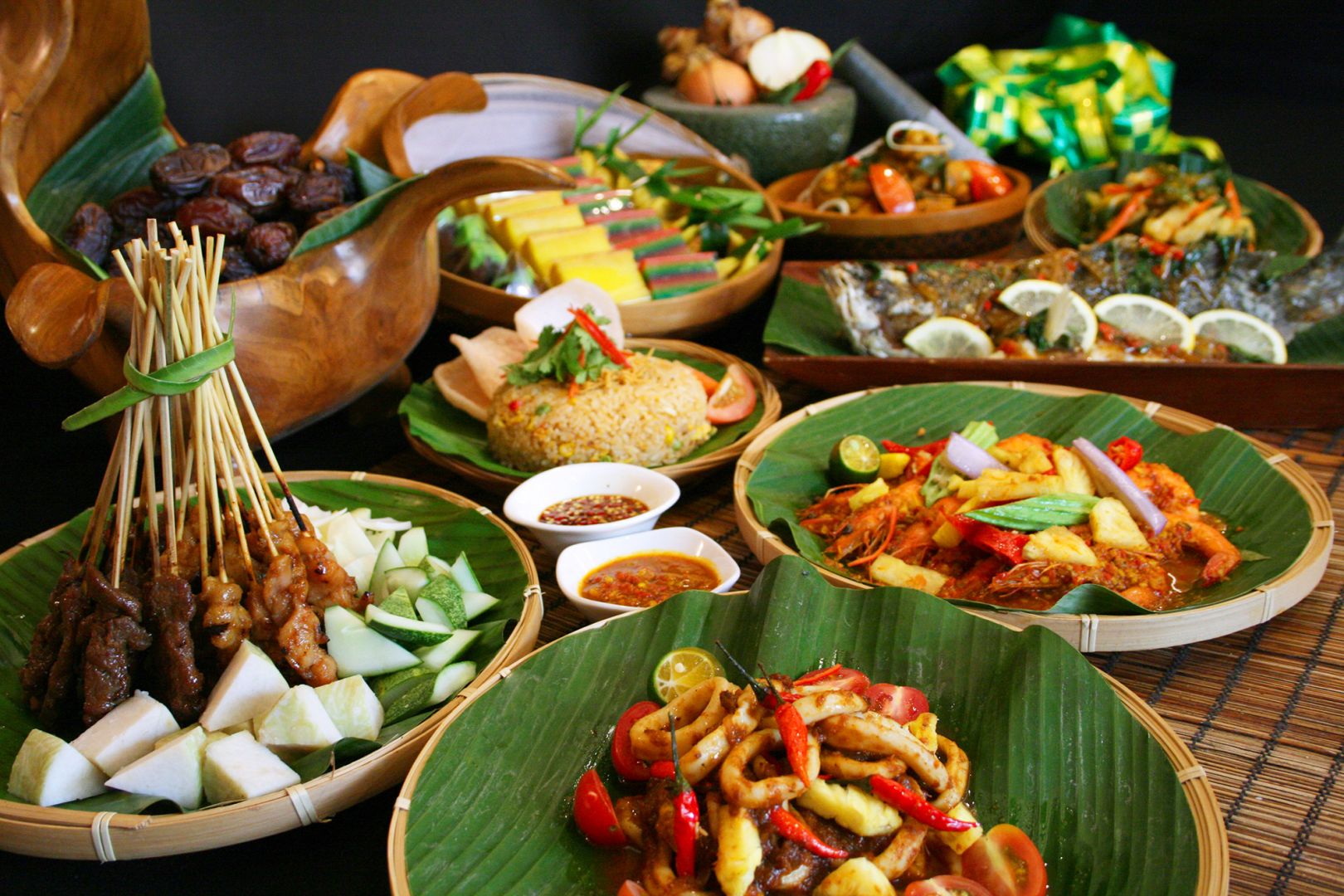
- arrow_back Home
- keyboard_arrow_right Food & Drink
Malaysian Kari Ayam -The World’s Number One Stew
Food & Drink 13 1 Ali April 24, 2025

Table of Contents
ToggleMalaysian Kari Ayam: The World’s Number One Stew According to TasteAtlas
In a culinary triumph that has set taste buds tingling worldwide, Malaysian Curry Ayam has been crowned the number one stew in the world by TasteAtlas, the renowned global food mapping platform. This vibrant, aromatic dish, deeply rooted in Malaysia’s multicultural heritage, has risen above countless contenders to claim the top spot, showcasing the country’s rich gastronomic prowess. But what makes Curry Ayam so special? Why has this humble Malaysian dish captured the hearts (and stomachs) of food lovers globally? Let’s dive into the story of Curry Ayam, its cultural significance, its irresistible flavors, and why its crowning as the world’s best stew is a moment of pride for Malaysia.

The Essence of Kari Ayam
Kari Ayam, or Malaysian chicken curry, is a fragrant, creamy, and mildly spicy stew that embodies the soul of Malaysian cuisine. At its core, it is a dish of tender chicken pieces simmered in a rich, coconut milk-based broth infused with a complex blend of spices. The dish is a harmonious marriage of flavors: the warmth of turmeric, the earthiness of cumin, the zing of ginger, and the subtle heat of chili, all mellowed by the velvety sweetness of coconut milk. Lemongrass, galangal, and kaffir lime leaves add a citrusy, aromatic depth that elevates the dish to another level.

What sets Kari Ayam apart is its versatility and adaptability. It is a dish that transcends Malaysia’s diverse ethnic communities—Malay, Chinese, Indian, and Peranakan—each adding their unique touch. Whether served with fluffy rice, flaky roti canai, or soft nasi lemak, Kari Ayam is a comforting, soul-warming meal that feels like home, no matter where you are.
A Multicultural Masterpiece
Malaysia’s culinary landscape is a melting pot of influences, and Kari Ayam is a shining example of this cultural fusion. The dish draws heavily from Indian curry traditions, introduced by Tamil and Malayali immigrants centuries ago, but it has been transformed by local ingredients and techniques. The use of coconut milk, a staple in Malay cooking, gives Kari Ayam its signature creaminess, while Chinese and Peranakan influences can be seen in the addition of star anise or candlenuts in some recipes.
This blending of culinary traditions is what makes Kari Ayam so universally appealing. It’s not just a dish; it’s a story of Malaysia’s history, told through spices and flavors. The fact that TasteAtlas, a platform celebrated for its rigorous evaluation of global cuisines, has recognized Kari Ayam as the world’s best stew is a testament to its ability to resonate with palates across cultures.

TasteAtlas and the Global Stage
TasteAtlas, often described as the “world atlas of food,” is a trusted authority in the culinary world, curating authentic recipes and ranking dishes based on expert reviews, user ratings, and cultural significance. Its annual rankings are eagerly anticipated by food enthusiasts, chefs, and travelers alike. In 2025, TasteAtlas declared Malaysian kari Ayam the number one stew, surpassing iconic dishes like French Coq au Vin, Italian Osso Buco, and Brazilian Feijoada.
/images.kitchenstories.io/wagtailOriginalImages/R23-final-photo-4.jpg)
This accolade is no small feat. TasteAtlas evaluates dishes based on flavor, authenticity, and cultural impact, and Kari Ayam’s win reflects its universal appeal and culinary excellence. The announcement has sparked a wave of pride across Malaysia, with chefs, home cooks, and food bloggers taking to social media to celebrate. Posts on X have been buzzing with recipes, photos of steaming bowls of Kari Ayam, and heartfelt stories of how the dish has been passed down through generations.
Why Kari Ayam Stands Out
So, what makes Kari Ayam the world’s best stew? For one, its flavor profile is a perfect balance of bold and subtle. The spices are assertive but never overpowering, and the coconut milk provides a creamy canvas that ties everything together. The dish is also incredibly versatile—equally at home in a bustling hawker stall as it is on a fine-dining menu. Its adaptability allows it to cater to different tastes, whether you prefer it fiery hot or mildly spiced.

Another factor is its accessibility. The ingredients for Kari Ayam are widely available, and the dish is relatively simple to prepare, making it a favorite among home cooks worldwide. Yet, its complexity of flavor belies its straightforward preparation, giving it an air of culinary sophistication. Whether you’re in Kuala Lumpur, London, or New York, a well-made Kari Ayam can transport you to the heart of Malaysia.
The Recipe for Success
To understand Kari Ayam’s allure, let’s explore a classic recipe. While variations abound, a traditional kari Ayam typically starts with a spice paste, or rempah, made by blending ingredients like shallots, garlic, ginger, turmeric, dried chilies, and lemongrass. This paste is sautéed until fragrant, releasing its oils and aromas. Chicken pieces are then added, along with potatoes for heartiness, and everything is simmered in a mixture of coconut milk and water. Fresh herbs like curry leaves and pandan leaves are often tossed in for extra fragrance.
The result is a stew that’s greater than the sum of its parts—a dish that’s spicy, savory, and slightly sweet, with a luscious texture that clings to every bite of rice or bread. It’s no wonder that food critics and home cooks alike have fallen in love with it.
A Boost for Malaysian Culinary Tourism
TasteAtlas’s recognition of Kari Ayam is not just a win for Malaysian foodies; it’s a boon for the country’s tourism industry. Malaysia has long been a food lover’s paradise, with its vibrant street food scene and diverse culinary offerings. The crowning of Kari Ayam as the world’s best stew is likely to draw even more visitors eager to taste the dish in its homeland. From Penang’s bustling hawker centers to Kuala Lumpur’s upscale restaurants, Kari Ayam is now a must-try for any food-focused traveler.
Local chefs and restaurateurs are already capitalizing on the buzz. Many are offering Kari Ayam masterclasses, while others are creating modern interpretations of the dish, pairing it with artisanal breads or infusing it with unexpected ingredients like truffle oil. This global spotlight is also encouraging younger Malaysians to take pride in their culinary heritage, ensuring that traditional recipes are preserved for future generations.

The Global Impact
Kari Ayam’s rise to the top has also sparked a broader conversation about the global appreciation of Southeast Asian cuisine. For too long, dishes from this region have been overshadowed by more widely recognized cuisines like Italian or French. TasteAtlas’s ranking is a step toward changing that narrative, highlighting the depth and diversity of Malaysian food.
On platforms like X, food influencers from around the world are sharing their own takes on Kari Ayam, adapting it to local ingredients while staying true to its roots. This cross-cultural exchange is a beautiful example of food’s ability to unite people, and it’s helping to cement Kari Ayam’s status as a global culinary icon.

A Dish for All Seasons
As we celebrate Kari Ayam’s well-deserved title, it’s worth noting that this dish is more than just a meal—it’s a symbol of Malaysia’s spirit. It represents the country’s ability to blend tradition with innovation, to honor its past while embracing the future. Whether you’re enjoying it at a roadside stall or a Michelin-starred restaurant, Curry Ayam is a reminder that the best food comes from the heart.
So, the next time you’re craving a comforting, flavorful stew, why not try your hand at making Kari Ayam? Or better yet, book a trip to Malaysia to experience it in all its glory. As TasteAtlas has confirmed, there’s no stew in the world quite like it.
©2025 thestorymojo.com All rights reserved.





Pingback:
Nyonya Food: A Culinary Journey Through Heritage and Flavors of Malaysia - The Story Mojo